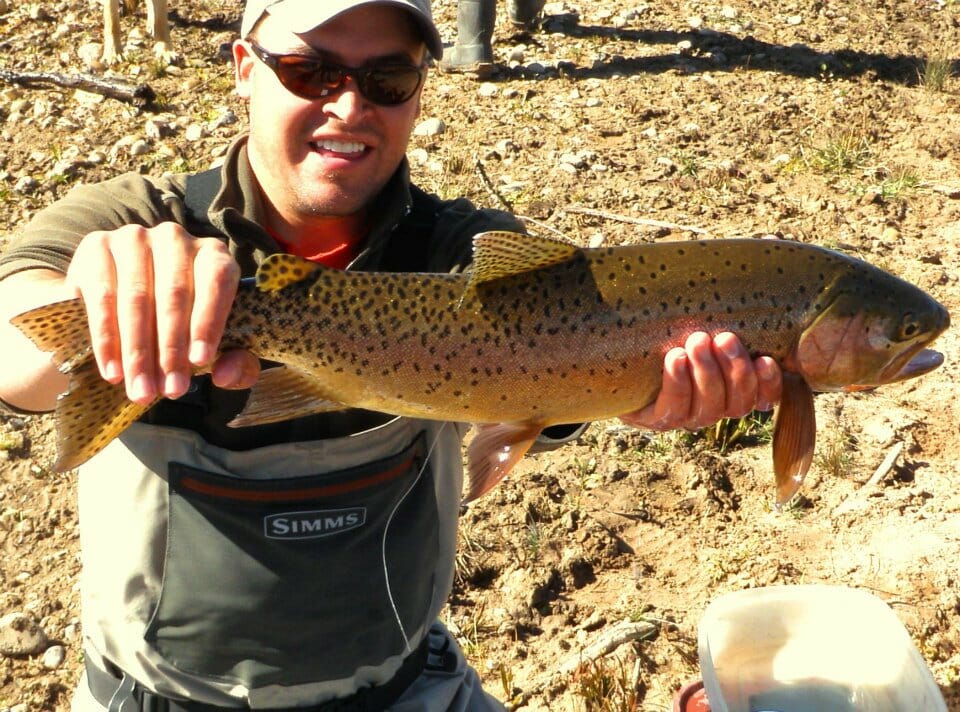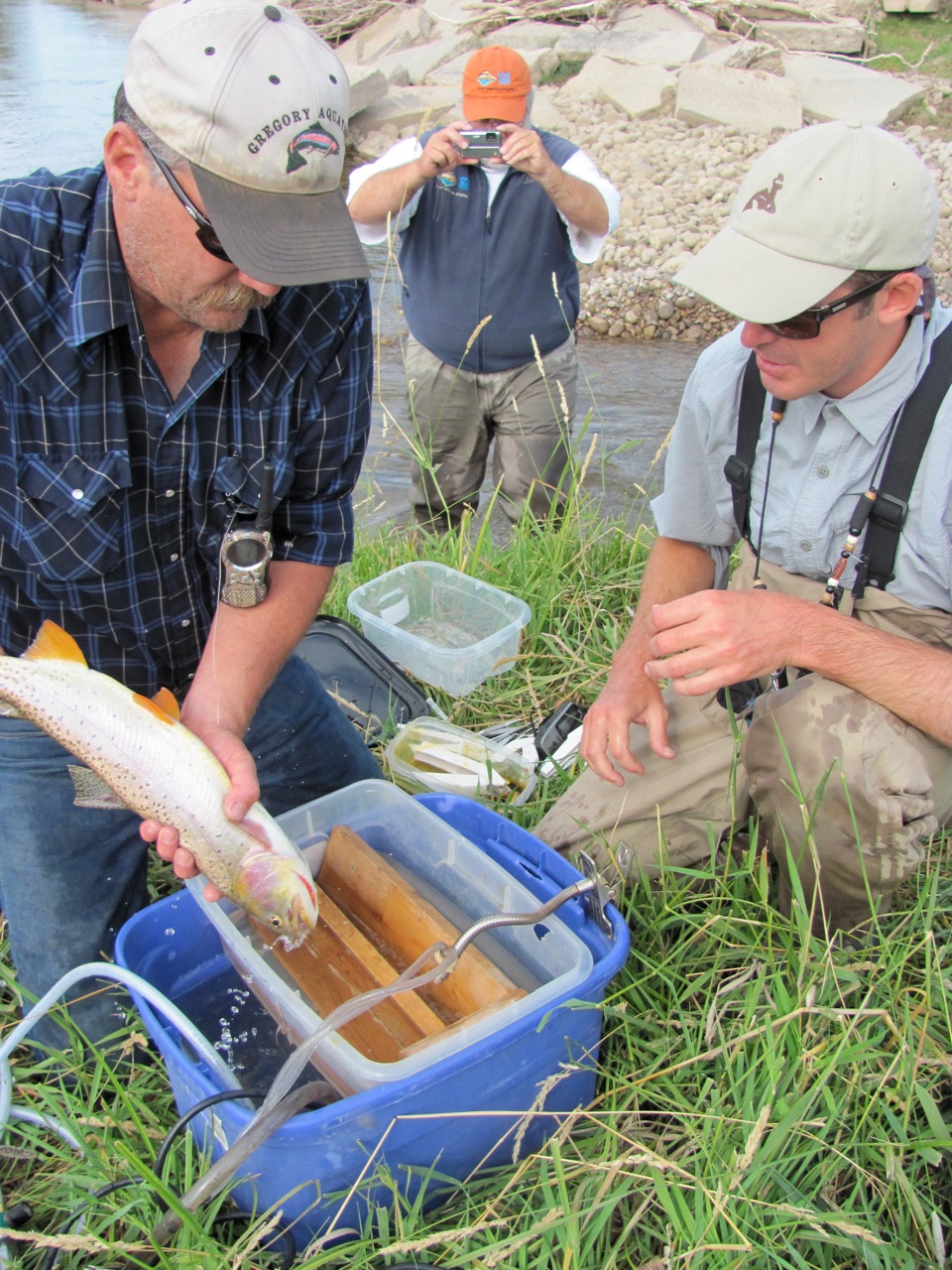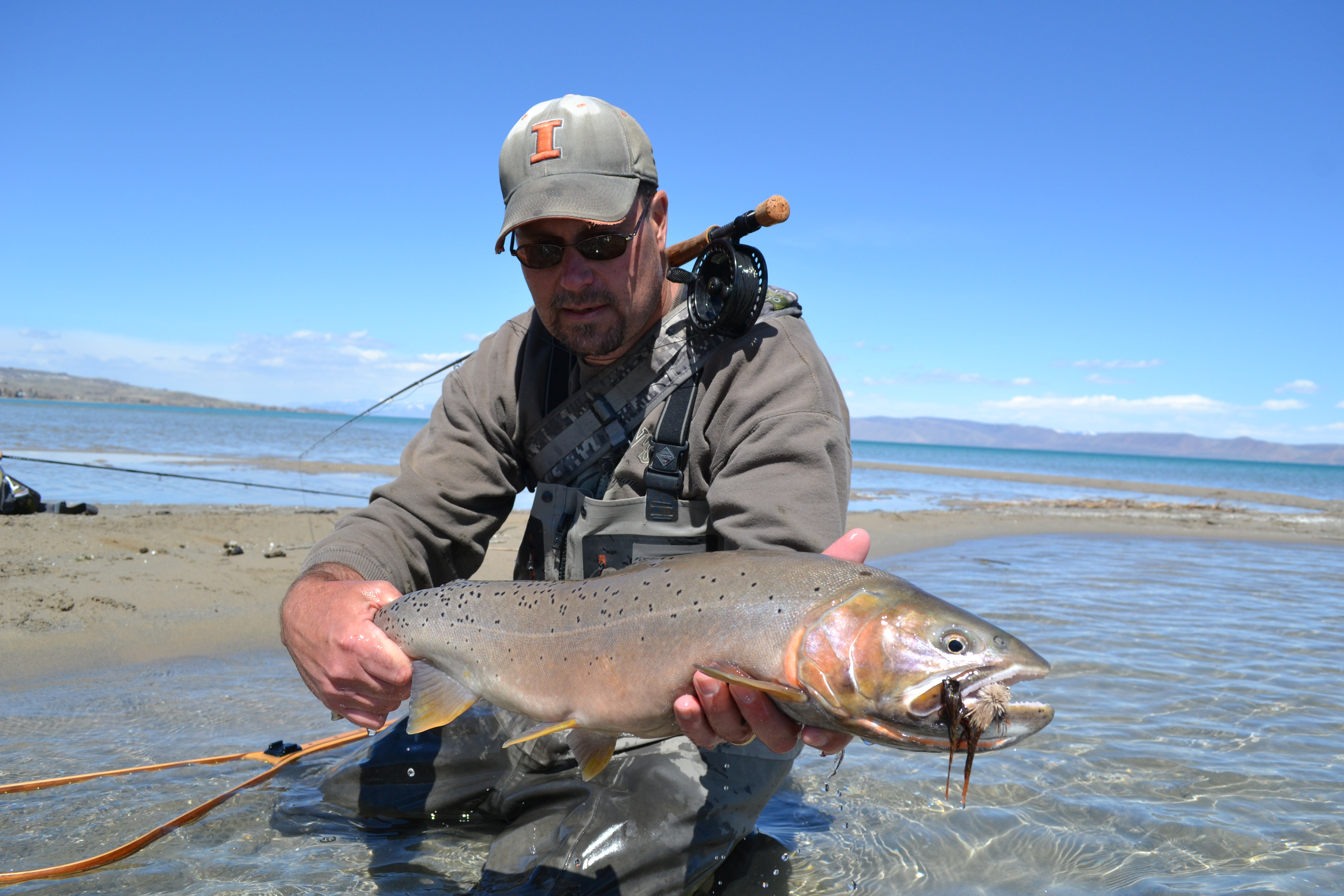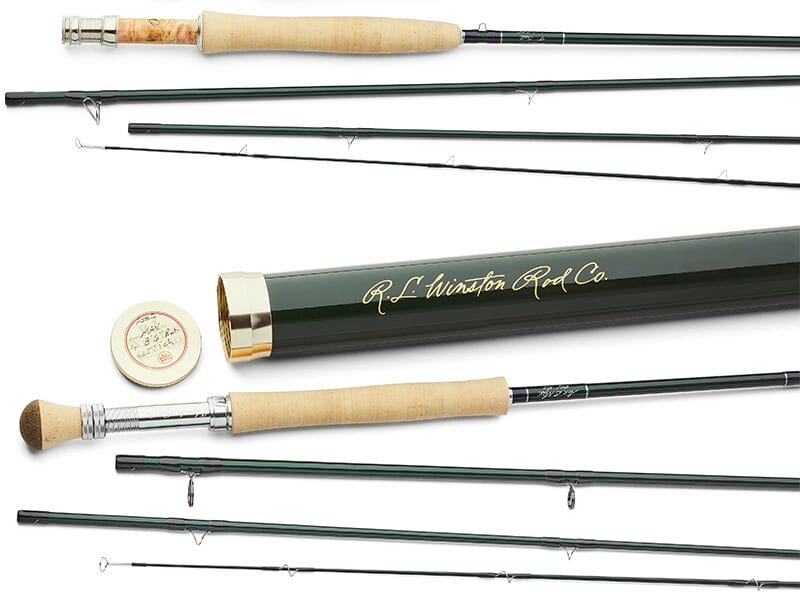
Trout Unlimited has undertaken several movement studies to determine when and where Bear River cutthroat trout move. These studies have helped us identify conservation needs such as removal of barriers blocking spawning runs, and to determine if fish successfully access upstream habitat after barriers are removed.

Following trout movement in the Bear River
Cutthroat trout in many parts of the mainstem Bear River in Utah, Idaho and Wyoming migrate to spawn in tributary streams. However, in the Upper Bear River (Uinta Mountains headwaters to Woodruff Narrows Reservoir), it was unknown if cutthroat trout were migratory and naturally reproducing or were hatchery fish from contemporary stocking. If cutthroat trout were naturally reproducing they would have to migrate past numerous irrigation diversions that were potential fish passage barriers on the mainstem Bear River and its tributaries. Trout Unlimited began an Adopt-A-Trout project to assess if cutthroat trout were migratory, and if so, determine where and when they spawned.
A total of 49 adult cutthroat trout were radio-tagged in the mainstem Bear River during the autumn from 2011 to 2013. Very little movement and no mortality occurred during the winter, but 65 percent of fish migrated in the spring. Fish accessed and presumably spawned in three primary areas, including two tributaries and the uppermost mainstem river. The farthest distance migrated by a fish to a spawning area was 71 kilometers (44 miles). Of those fish migrating fish, 25 percent were entrained into six different irrigation canals during or after their spawning movements. Our work indicated fish passage improvements at irrigation canals would benefit these migratory fish and improve connection to resident cutthroat trout populations in headwater streams.

Reconnecting migratory cutthroat trout to Bear Lake tributaries
Cutthroat trout in Bear Lake (Idaho, Utah) have an adfluvial life history that requires they migrate to lake tributaries for spawning. Historically, up to seven tributary streams provided spawning habitat for native cutthroat trout at Bear Lake. However, irrigation diversions and other fish passage barriers, along with irrigation water withdrawal greatly limited trout use of these tributaries. In 1973, the Utah Division of Wildlife Resource began a hatchery propagation program to increase cutthroat trout numbers and enhance the sport fishery. A weir and fish trap were installed on Swan Creek to capture spawning cutthroat trout from the lake. The trout were artificially spawned and the offspring reared in a hatchery until release into the lake the following year as adipose fin-clipped juveniles. Hatchery production was successful and nearly 90 percent of cutthroat trout caught in annual gill-netting surveys in the lake were hatchery origin during the early 2000s.
In the mid- to late 1990’s, numerous efforts started to remove fish passage barriers and improve spawning conditions in three of Bear Lake’s tributary streams. Fifteen irrigation diversions were screened to prevent fish loss to canals, several culverts preventing upstream fish passage were replaced, three fish ladders were installed, and habitat improvement projects were completed. As a result, there has been a steady increase in wild-produced cutthroat trout, with about two-thirds of all gill-netted fish in the lake being wild from 2014 to 2017. Since 2012, annual hatchery stocking of yearling cutthroat trout was decreased from 270,000 to 170,000. Despite the reduction in hatchery stocking, the overall gill-net catch rate of cutthroat trout remained the same or increased. Since 2015, more than 80 percent of the adult cutthroat trout returning to the Swan Creek fish trap were of natural origin. Anglers are also reporting catching primarily wild cutthroat trout (i.e., no fin clip) in the lake fishery. Migratory cutthroat trout are now able to successfully use tributary streams for spawning and early rearing and the fishery for wild cutthroat trout in Bear Lake has rebounded.


